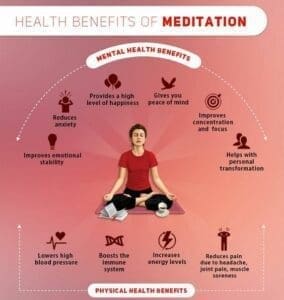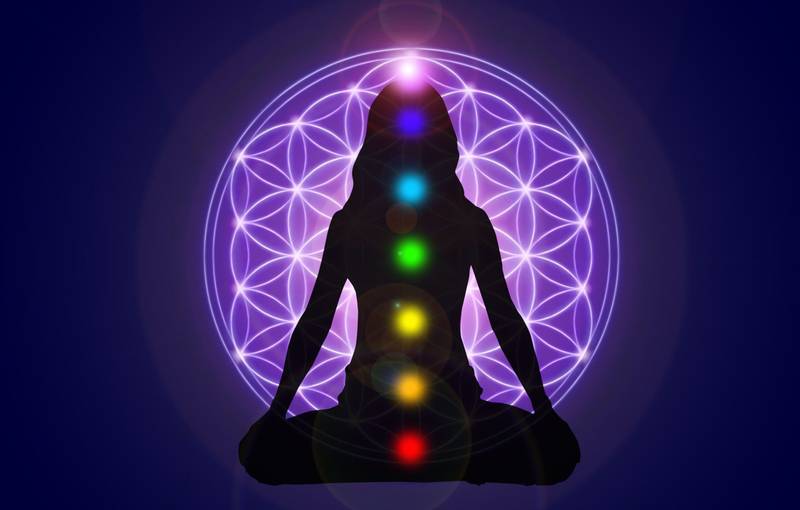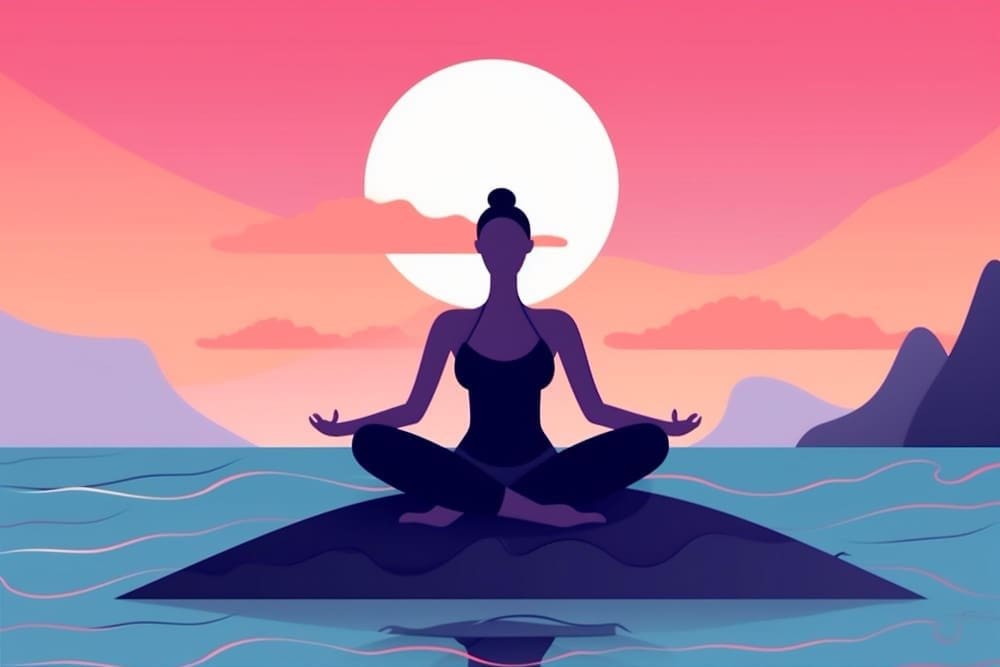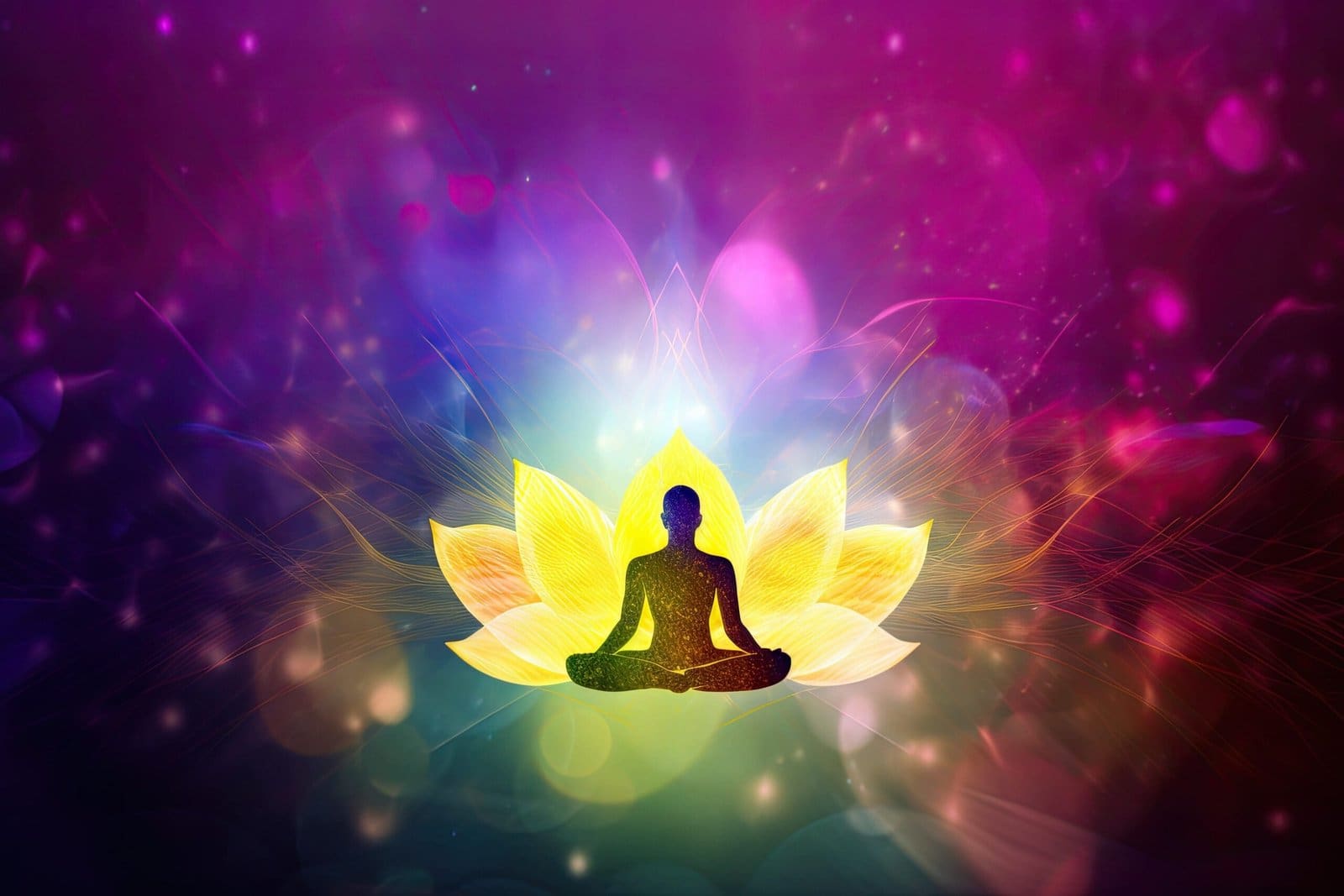Meditation Made Easy: 5 Simple Techniques to Start Your Mindfulness Journey
Are you ready to embark on a journey of self-discovery and inner peace? In today’s fast-paced world, finding moments of stillness and tranquility can seem like a luxury. However, incorporating meditation into your daily routine can help you cultivate mindfulness and reduce stress. Whether you’re a beginner or someone looking to deepen their practice, this article will provide you with five simple techniques to kick-start your mindfulness journey. From guided meditations to breath awareness exercises, we will explore various methods that can easily be incorporated into your busy schedule. So, take a deep breath, relax, and let’s dive into the world of meditation, where a calmer and more centered version of yourself awaits. Discover the power of these techniques and unlock the immense benefits of mindfulness in your life. Get ready to experience a profound sense of peace and clarity as you embark on this transformative journey of self-care and self-discovery.
Benefits of Meditation and Mindfulness
Meditation has been practiced for centuries for its numerous physical, mental, and emotional benefits. Incorporating meditation into your daily routine can have a profound impact on your overall well-being. One of the key benefits of meditation is its ability to reduce stress and anxiety. By focusing your attention on the present moment, you can let go of worries about the past or future and find a sense of calm and peace.
Moreover, meditation can improve your focus and concentration, allowing you to be more present in all areas of your life. It can also enhance your self-awareness and help you develop a deeper understanding of your thoughts and emotions. By cultivating mindfulness, you can become more attuned to your body and mind, leading to better decision-making and improved relationships.
Additionally, meditation has been found to have physical health benefits. It can lower blood pressure, reduce inflammation, and boost the immune system. Regular meditation practice is also associated with improved sleep quality, increased energy levels, and a stronger sense of overall well-being. With all these benefits, it’s no wonder that meditation has gained popularity in recent years as a powerful tool for self-care and personal growth.
Different Types of Meditation Techniques
Before we delve into the techniques, it’s important to understand that there is no one-size-fits-all approach to meditation. Different techniques work for different individuals, and it’s essential to find what resonates with you. Here are five simple meditation techniques that can help you get started on your mindfulness journey:
Technique 1: Mindful Breathing
Mindful breathing is one of the simplest and most accessible meditation techniques. It involves focusing your attention on your breath and observing it without judgment. Find a quiet and comfortable place to sit or lie down. Close your eyes and take a few deep breaths, allowing your body to relax. Then, shift your attention to your breath. Notice the sensation of the air entering and leaving your body. Observe the rise and fall of your abdomen or the feeling of the breath passing through your nostrils. Whenever your mind starts to wander, gently bring your attention back to your breath. Practice this technique for a few minutes each day, gradually increasing the duration as you become more comfortable.
Technique 2: Body Scan Meditation
Body scan meditation is a technique that involves systematically scanning your body and bringing awareness to each part. Find a comfortable position, either sitting or lying down. Close your eyes and begin by bringing your attention to your toes. Notice any sensations you feel, such as warmth or tingling. Slowly move your attention up through your body, paying attention to each area. Notice any tension or discomfort and allow it to release as you continue to scan. This technique helps you become more attuned to your body and can be particularly useful for relieving physical tension and promoting relaxation.
Technique 3: Loving-Kindness Meditation
Loving-kindness meditation, also known as Metta meditation, is a practice that cultivates feelings of compassion and love towards oneself and others. Find a comfortable position and close your eyes. Begin by directing loving-kindness towards yourself. Repeat phrases such as “May I be happy, may I be healthy, may I live with ease.” Visualize yourself surrounded by love and warmth. After a few minutes, extend these wishes to others, starting with someone you care about, then gradually expanding to include acquaintances, strangers, and even difficult people in your life. This practice helps cultivate a sense of connection and empathy towards yourself and others.
Technique 4: Guided Visualization
Guided visualization is a technique that uses the power of imagination to create a sense of calm and relaxation. Find a quiet place where you won’t be disturbed, sit or lie down, and close your eyes. You can either use a guided meditation app or listen to a recording that guides you through a visualization exercise. It may involve imagining a peaceful scene, such as a beach or a forest, and engaging your senses by visualizing the sights, sounds, and smells. Allow yourself to immerse in this mental imagery and let go of any tension or worries. Guided visualization is an effective technique for reducing stress and promoting a sense of inner peace.
Technique 5: Mantra Meditation
Mantra meditation involves repeating a word or phrase, known as a mantra, to focus your mind and cultivate a state of deep relaxation. Choose a word or phrase that resonates with you, such as “peace” or “love.” Find a comfortable position, close your eyes, and begin to repeat the mantra silently or aloud. Allow the mantra to become your focal point, letting go of any other thoughts or distractions. If your mind wanders, gently bring your attention back to the mantra. This technique can help quiet the mind and create a sense of inner stillness.
Incorporating Meditation into Your Daily Routine
Now that you have learned about different meditation techniques, it’s time to incorporate them into your daily routine. The key to a successful meditation practice is consistency. Start by setting aside a specific time each day for meditation. It can be in the morning to set a positive tone for the day, or in the evening to unwind and relax. Find a quiet and comfortable space where you can practice without interruptions. Consider creating a dedicated meditation space where you can make it a ritual and create a peaceful ambiance.
Start with shorter meditation sessions, such as 5–10 minutes, and gradually increase the duration as you become more comfortable. Remember, it’s better to have a shorter but consistent practice than a longer but sporadic one. Experiment with different techniques and find what works best for you. You may also consider joining a meditation group or taking a meditation class to deepen your practice and connect with like-minded individuals.
Tips for Maintaining a Regular Meditation Practice
Maintaining a regular meditation practice can sometimes be challenging, especially when life gets busy. Here are some tips to help you stay consistent and make meditation a part of your daily routine:
- Set realistic goals: Start with small, achievable goals, such as meditating for 5 minutes a day. As you develop a habit, gradually increase the duration.
- Find accountability: Share your meditation goals with a friend or family member who can help keep you accountable. Consider finding a meditation buddy to practice together, or join a meditation group.
- Be flexible: If you miss a meditation session, don’t beat yourself up. Accept that it’s okay to have off days and simply resume your practice the next day.
- Make it a habit: Incorporate meditation into your daily routine by linking it with an existing habit. For example, meditate right after brushing your teeth in the morning or before going to bed at night.
- Be patient and kind to yourself: Remember that meditation is a practice, and it takes time to develop. Be patient with yourself and approach your practice with kindness and self-compassion.
Resources for Further Learning and Support
If you’re interested in diving deeper into meditation and mindfulness, there are plenty of resources available to support your journey. Here are some recommendations:
– Books: “The Miracle of Mindfulness” by Thich Nhat Hanh, “Wherever You Go, There You Are” by Jon Kabat-Zinn, and “10% Happier” by Dan Harris are all excellent books that provide insights and practical guidance on meditation and mindfulness.
– Apps: Popular meditation apps such as Headspace, Calm, and Insight Timer offer guided meditations, mindfulness exercises, and helpful tools to support your practice.
– Courses and workshops: Consider enrolling in a meditation course or attending workshops in your local community or online. These provide an opportunity to deepen your understanding and connect with experienced meditation teachers.
– Online communities: Join online meditation communities or forums where you can connect with fellow practitioners, ask questions, and share your experiences.
Remember, the journey of meditation is a personal one, and it’s important to find what resonates with you. Be open to exploring different techniques and approaches, and trust that you will find the ones that are most beneficial for your unique needs and aspirations.
Conclusion
In a world filled with constant distractions and demands, meditation offers a sanctuary of stillness and self-discovery. By incorporating simple techniques into your daily routine, you can cultivate mindfulness, reduce stress, and experience a profound sense of inner peace. From mindful breathing to loving-kindness meditation, each technique offers its unique benefits and can be easily integrated into your busy schedule.
Remember, consistency is key. Start with small steps, be patient with yourself, and celebrate the progress you make along the way. The journey of mindfulness is a lifelong practice that unfolds with each breath and each moment of presence. So, take a deep breath, close your eyes, and let the transformative power of meditation guide you on a path of self-care and self-discovery. Embrace the stillness within and embark on a journey of mindfulness that will enrich every aspect of your life.
Disclaimer
The content is purely informative and educational in nature and should not be construed as medical advice. Please use the content only in consultation with an appropriate certified medical or healthcare professional

Guide To Meditating With Angels: Connecting With Divine Guidance
Embark on a spiritual journey with our guide to meditating with angels. Connect with divine guidance and harness the wisdom of celestial beings for inner growth.

Unlocking the Mysteries: The Pineal Gland’s Link to the Third Eye Chakra
Uncover the intriguing link between the pineal gland and Third Eye Chakra. Delve into their spiritual significance and how they shape intuition and consciousness.

Balancing Throat and Third Eye Chakras: Boost Communication & Insight
Discover the art of balancing the Throat and Third Eye Chakras to enhance communication and intuition, unlocking new levels of self-expression and insight.

Enhancing Intuition: Unlocking Inner Wisdom through the Third Eye Chakra
Explore how the Third Eye Chakra influences intuition and inner wisdom. Learn techniques to enhance your intuitive abilities for personal growth.
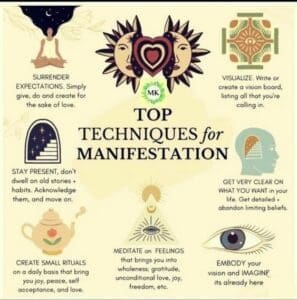
Manifestation Secrets: Leveraging The Third Eye Chakra
Explore the transformative power of the Third Eye Chakra for manifestation. Learn key techniques to activate and harmonize this chakra, unlocking a world of possibilities.

Chakra Meditation Explained: Benefits and Techniques
Dive into the essence of chakra meditation. Learn how it fosters holistic healing and benefits your physical, mental, and spiritual health. Discover its profound impact.
